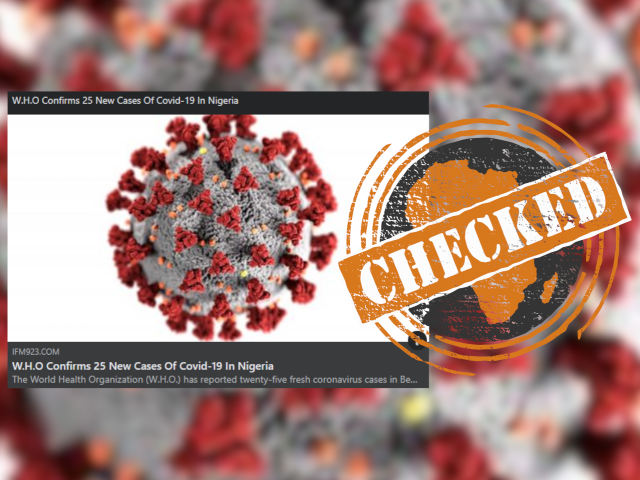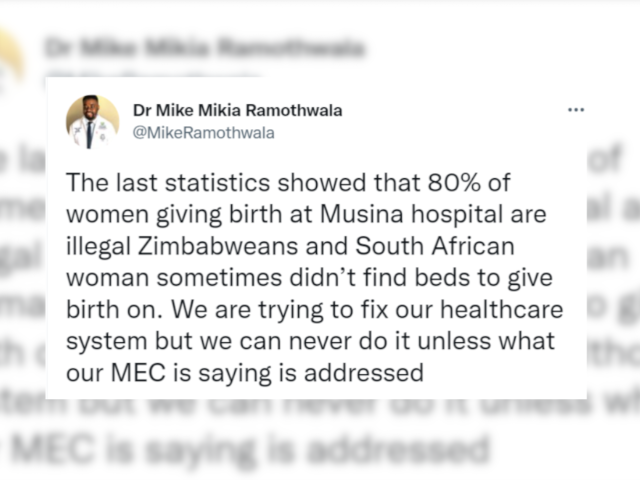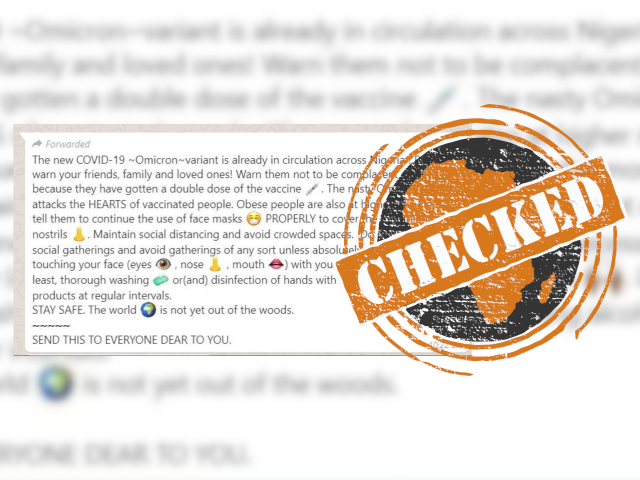A claim about Zimbabweans’ high condom use cropped up again, this time at the International AIDS 2016 conference in Durban recently.
The head of Zimbabwe’s mother-to-child HIV prevention efforts, Dr Angela Mushavi, reportedly said: “Our infection rate is going down. Zimbabwe has the highest per capita condom use in the world.”
News24 reported the statistic last year too. But does it hold true?
157 million condoms distributed
Africa Check first contacted Mushavi. She sent us figures for the number of condoms distributed in Zimbabwe in 2015, showing over 150 million male and 7 million female condoms.
She said it was from Population Services International (PSI), a global health non-profit focusing on HIV and the social marketing of condoms, and put us in touch with a PSI representative in Zimbabwe, Kumbirai Chatora. (Note: We asked how exactly PSI tracks condom distribution but they haven't yet responded.)
Chatora confirmed that the distribution data was theirs but said that PSI does not collect data on the use of condoms. We asked Mushavi why she spoke of condom use when the data she provided was for condom distribution but have not yet received a reply.
Only have data for ‘at risk populations’
Working out condom use is difficult, according to experts we spoke to.
Deputy executive director of the Wits Reproductive Health Institute, Professor Francois Venter, told Africa Check “it’s a very difficult indicator to measure”.
Chief of the fertility and family planning section in the UN’s population division, Dr Ann Biddlecom, pointed out that data is only collected on condom use among people at higher risk of HIV transmission such as people aged 15 to 49 with multiple sex partnerships.
The UN data shows that Zimbabwe has the 10th highest condom use of 37 countries in this higher risk group, with 44.3% of respondents reporting having used a condom when they last had sex. The 37 countries are those in which there is a generalised epidemic of HIV/AIDS, Biddlecom said.
| Country | 2015 | Source |
| Armenia | 72.3% | 2008-09 DHS |
| Swaziland | 71.5%% | 2010 DHS |
| Nigeria | 64.5% | 2014 KAP Study |
| Ukraine | 61% | 2011-12 DHS |
| Belize | 60.5% | 2010 DHS |
| Mauritius | 50.7% | 2010 DHS |
| Gabon | 48.5% | DHS 2014 |
| Lesotho | 46.4% | 2011 DHS |
| Haiti | 46.2% | 2004 DHS |
| Zimbabwe | 44.3% | 2010 DHS |
| Honduras | 41.4% | 2011-12 DHS |
| Cameroon | 41.1% | 2011 DHS |
| Malawi | 35.4% | 2012 DHS |
| Togo | 31.2% | 2013 DHS |
| Uganda | 30.1% | 2014 DHS |
| Burkina Faso | 29.4% | 2008-09 DHS |
| Rwanda | 28.9% | MICS 2010 |
| Zambia | 27.1% | 2013 DHS |
| Mozambique | 26.9% | MICS 2014 |
| Chad | 25.7% | 2014 KAP Study |
| Benin | 23.6% | 2014 BSS |
| Cambodia | 22.0% | 2012 DHS |
| Senegal | 20.9% | 2009 DHS |
| Liberia | 20.7% | 2012 DHS |
| Ghana | 17.5% | 2014 MICS |
| Mali | 10.1% | 2011-12 DHS |
| Sierra Leone | 9.6% | 2011 DHS |
| Madagascar | 2.0% | 2014 MDG Endline Survey |
Not enough condoms for sub-Saharan Africa
A “Prevention Gap Report”, published by UNAIDS in July, aimed to document the success in tackling the spread of HIV/AIDS so far. On the distribution of condoms, the report suggests more needs to be done. It states that “progress in the provision and use of condoms has largely stalled; the gap in sub-Saharan Africa alone is more than 3 billion male condoms a year.”
In 2015, in sub-Saharan Africa, an average of 10 male condoms was available for every man aged 15 to 64 years and just one female condom per eight women aged 15 to 64 years.
Condom availability varied between as many as 40 condoms per man aged 15 to 64 years in Namibia and South Africa to fewer than five condoms per man aged 15 to 64 years in Angola and South Sudan. Condom distribution was particularly low in some countries in western and central Africa, such as Burundi, Chad, Guinea and Mali.
The report did not specifically mention Zimbabwe, but based on the country's statistical agency's population projections and the PSI distribution figures, the country also had 40 condoms available for every man between 15 and 64 years.
In Zimbabwe, the high availability of male and female condoms and the relatively high self-reported use of condoms among adults who have multiple sexual partnerships are evident, Biddlecom told Africa Check. These form a critical part of HIV prevention efforts, she said.
Conclusion: Claim about condom use in Zimbabwe incorrect
There is no data to prove that Zimbabwe has the highest per capita condom use in the world.
Self-reported data about condom use among high-risk populations shows that Zimbabwe has the 10th highest number of condom users in this category among 37 countries.
Yet there is a large gap between the number of condoms available and the need for them in sub-Saharan Africa. Higher condom distribution is correlated with decreased HIV prevalence and is therefore an important part of HIV prevention efforts.
Additional reading





Add new comment